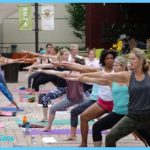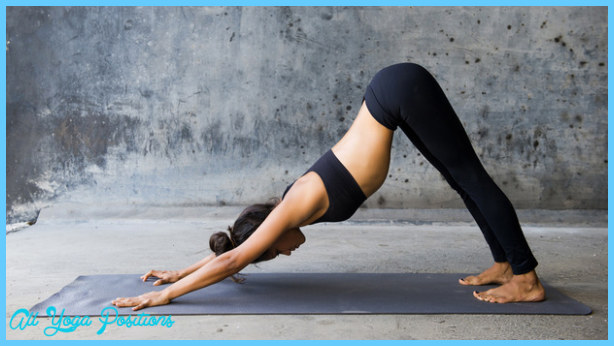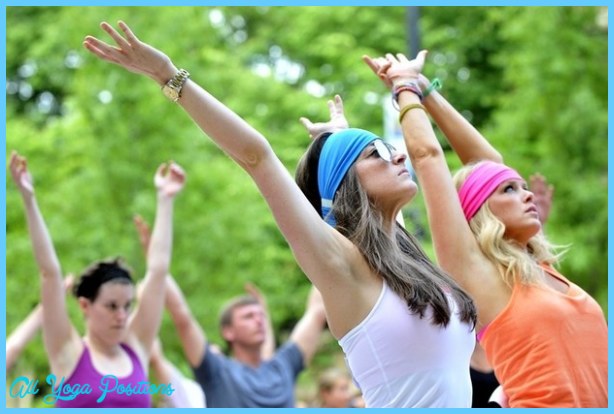The Sramana and Kshatriya discourses on the liberation of the immovable self
The early forms of these groups – the proto-Sramanas (i.e. Sramanas before Buddha and the Jain reformer/founder Mahavira) – originated around 600-500 BCE with the advent of the Axial Age civilisation. Many of them were atheists and they employed strict forms of austerity that would often lead to their death. Their asceticism had an almost suicidal character. It is significant that the purpose of their ascetic living was radically different from the Brahmin semi-renouncers who later followed them. Many of the Sramanas and Kshatriyas of whom we hear around 400 BCE sought release (moksha) from an eternal cycle of rebirth (samsara). After their death, they claimed, they would not be reborn. They were then released’ from re-incarnations. Over the following pages we will investigate the institutional context in which this new discourse evolved. First I want to give an outline description of this new Axial Age discourse of the liberation of the soul (as we often call it today) and the social groups to which it belonged.
Belief in re-birth is seen in many historical and anthropological societies in many parts of the world and it was widely shared in Vedic and pre-Vedic India (Obeyesekere 2007). From some of the first Upanishads surfacing around 600 BCE we can see that influential Kshatriya sages taught the Brahmins radical new ways of thinking about re-birth. In pre Axial Age societies (and many non-complex societies) re-birth was perceived as an automatic running cosmic process. Often it was seen as a natural cycle of a deceased ancestor returning to the tribe. However the Kshatriyas claimed that the individual through his own efforts could influence the route and conditions of afterlife and the following re-birth.
Often we see the Upanishads expressing solely Brahmin views as they were written and maintained by Brahmins. However we need perhaps to reconsider that perception and try to see some Brahmin texts as expressing a collection of views reflecting conflicting social groups. Some Brahmin clans chose for various reasons – or were maybe even forced by conditions to – to write down the new teachings emerging in the Axial Age civilisation. Often they would just give the new ideas a Brahmin twist so it was acceptable to them. Under all circumstances many of the Upanishads clearly state that many of the sages and teachers of the texts are kings and noble warriors (Kshatriyas) and their students are explicitly Brahmins (Obeyesekere 2002, Chatterji 2007). This dominance of Kshatriyas is very clear in relation to the new re-birth ideas discussed in the earliest Upanishads. In fact a warrior noble in the Brhadaranyaka Upahishadpositively makes us aware of this reversal of roles and asks:
Isn’t it a reversal of the norm for Brahmin to become the pupil of a Kshatriya? (Brhad. Ups. 2.1.15).
Simultaneously push down into the forearm and lift the shoulder and Yoga noma chest away from the floor. If you feel strong enough and there is no pain in Yoga noma your shoulder, lift your hips off the floor for more challenge, leaving your lower legs on the floor. Extend radiantly out from your core with full strength. For still more challenge, lift the shins, fixing the body in a straight diagonal. Only the side of the one foot and the palm touch the floor. Raise the left arm to vertical. A wall behind you might help if balance is an issue. Regardless of your level of elevation, do it on both sides.












